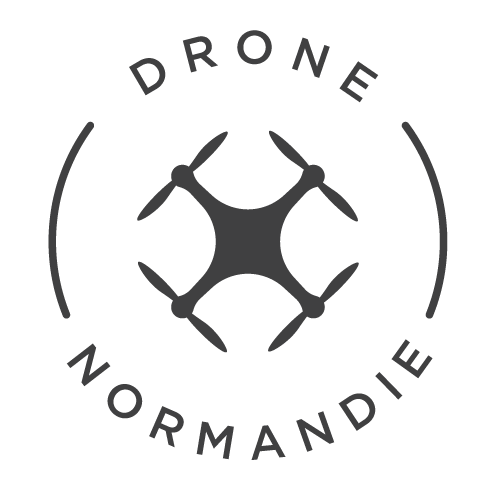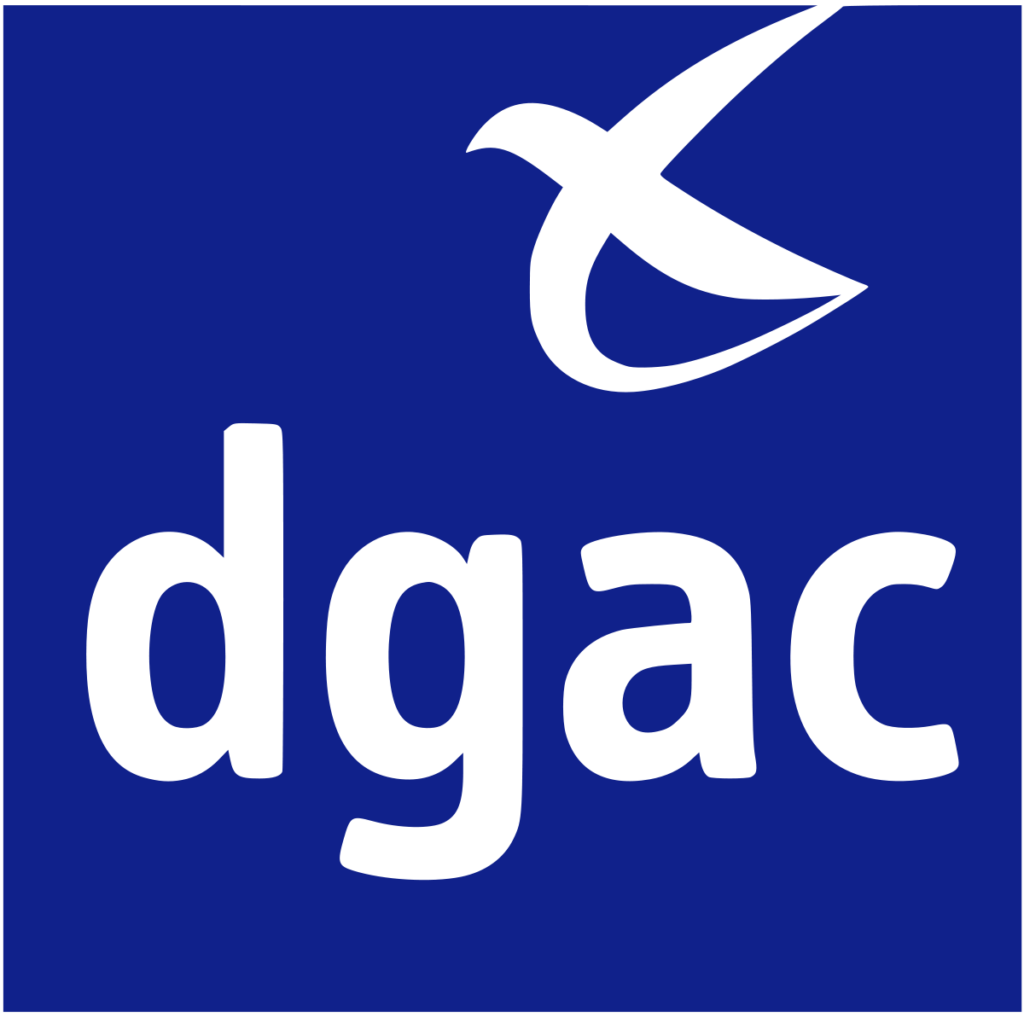The drone industry in Europe has grown rapidly over the past decade, with unprecedented expansion in the surveillance, parcel delivery, mapping and aerial photography sectors, among others. This meteoric growth has highlighted the need for appropriate regulations to guide the use of these devices. Since the first set of guidelines published by the European Union Aviation Safety Agency (EASA) in 2015, Europe has continued to refine and revise its regulations to meet the changing challenges of this dynamic industry.
Current situation
Current drone regulations in Europe, as set out by EASA, are complex and detailed. It classifies drone operations into three categories: low-risk (“open” category), medium-risk (“specific” category) and high-risk (“certified” category). Flight restrictions, training and registration requirements, and privacy policies vary according to these categories. For example, a recreational drone operating in the “open” category could be subject to flight height restrictions and prohibited from flying in certain areas, while a commercial drone operating in the “specific” category could require specific authorization from the Member State concerned and a detailed safety assessment.
Analysis of current problems
Despite the sophistication of current regulations, a number of challenges remain. Firstly, applying the rules is difficult. With the proliferation of drones, it’s difficult for authorities to monitor all drone operations and enforce the rules. Secondly, safety remains a major concern. Incidents involving drones, whether collisions with other aircraft or incursions into prohibited airspace, are a constant threat. Thirdly, there are concerns about how current regulations could hamper innovation in the drone industry. Strict regulations can limit experimentation and discourage new businesses.
Forecasts for the coming year
In light of these challenges, we can foresee several trends for drone regulation in Europe in the coming year. Firstly, we should expect stricter regulations in certain areas. The EU has shown a tendency to tighten regulations in response to security incidents, and this is likely to continue. Secondly, we should expect greater harmonization of rules between different member states. This would ensure greater uniformity and facilitate drone operations across EU borders. Third,
We’re likely to see the introduction of new technologies to help monitor and control drone use. The EU has already expressed interest in the “Remote ID system” and “UAV traffic management systems” (UTM). These technologies enable drones to be tracked and managed in flight, improving safety and efficiency. In addition, specific regulations could be introduced to govern the use of drones for delivery purposes, a market segment that is set to grow exponentially in the coming years.
In addition, progress can be expected in the regulation of autonomous drones. Drone technology is constantly evolving, and the ability of drones to perform autonomous flights may require additional rules. EASA is likely to explore these issues over the coming year, seeking a balance between security, privacy and innovation.
Drone regulation in Europe is a complex and constantly evolving subject. As the drone industry continues to grow and develop, it is essential that regulations evolve in parallel to meet new challenges and opportunities. The coming year promises significant developments in terms of regulation, with the likelihood of stricter regulation, increased harmonization between EU member states, and the introduction of new technologies to help monitor and control drone use. By keeping a close eye on these developments, drone operators and other stakeholders can better prepare for the future of this dynamic industry.

